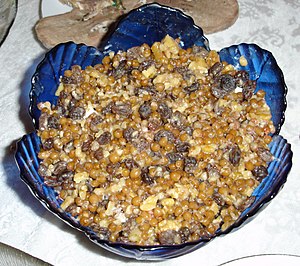Aberdeen
Regular Member
- Messages
- 1,835
- Reaction score
- 380
- Points
- 0
- Ethnic group
- Scottish, English and German
- Y-DNA haplogroup
- I1
- mtDNA haplogroup
- H4
There's an article in Science Magazine about archeological research that has been happening for several years at an underwater site off the south coast of England, at a place called Baldnor Cliff, which has yielded numerous flint objects and plant matter. Some of the plant matter was recently examined in a lab and was found to be einkorn wheat. It was apparently securely dated to 8020-7980 before present. One theory is that hunter gatherer types obtained it by trade.
I'm not including a link because I made the mistake of buying a garbage PC with really crappy Word 8.5 software that won't allow me to copy and paste urls, and that particular url is too long to extract by any other method. I will be much happier once I buy another over-priced Apple product. But you can read about the find in Science Magazine online or at BBC News.
I'm not including a link because I made the mistake of buying a garbage PC with really crappy Word 8.5 software that won't allow me to copy and paste urls, and that particular url is too long to extract by any other method. I will be much happier once I buy another over-priced Apple product. But you can read about the find in Science Magazine online or at BBC News.





